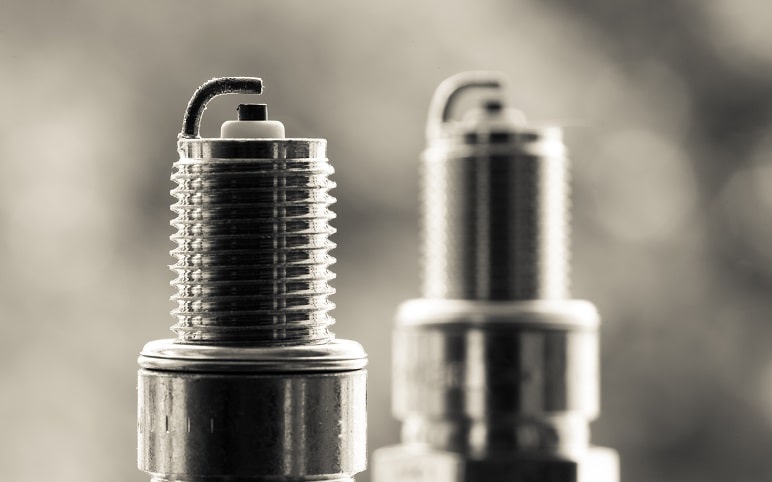
- Listen to the engine while cold.
If you hear humming from the turbine when it’s working, the bearings are probably worn out. Metal screeching, caused by impeller vanes contacting the turbine housing, indicates the same malfunction.
- Check for oil deposits on the turbine housing.
If you find some near the turbine wheel, your turbocharger is most likely failing. But if oil stains are found on the connection with the exhaust manifold or in the air supply pipe, something may be wrong with the engine or the crankcase ventilation system.
- Check the colour of the exhaust smoke.
If the turbo is worn out, oil seeps into the intake manifold together with the charged air and then burns off in the engine combustion chambers. This turns the exhaust gases black.
- Scan the system with a special device.
To perform diagnostics, you will need an adapter, the corresponding software, and a laptop or a smartphone. All measurements are taken while the engine is idling. You can find more detailed information about this diagnostic method in the user manual of your diagnostic adapter.
- Remove the turbocharger from your car and check the shaft for free play.
Hold the end of the shaft and try to rock it from side to side. Free play of the component should not exceed 1 mm. The shaft should not move along the housing.
- Inspect the impeller vanes and walls of the turbocharger.
The former should have sharp and smooth edges without any burrs, abrasions, or notches. The latter shouldn’t have any signs of contact with the impeller vanes.
- Make sure the actuator and sensors are working properly.
There must be no dents on the actuator housing and no corrosion spots on the top of the rod. Check that the diaphragm is still intact. Lift the rod to its upper position, close the orifice with your finger and then release it. The rod shouldn’t move while the orifice is closed. As soon as you release it, the rod should return to its initial position. Check the electric part of the actuator with a multimeter.
- If you have a variable-geometry turbocharger, check if the vane ring is jammed.
The vanes should move freely. Diagnose the unit using an air compressor and a pressure gauge. If the vane ring is intact, the actuator will move freely at a pressure of about 0.6–0.7 bar.



















Comment